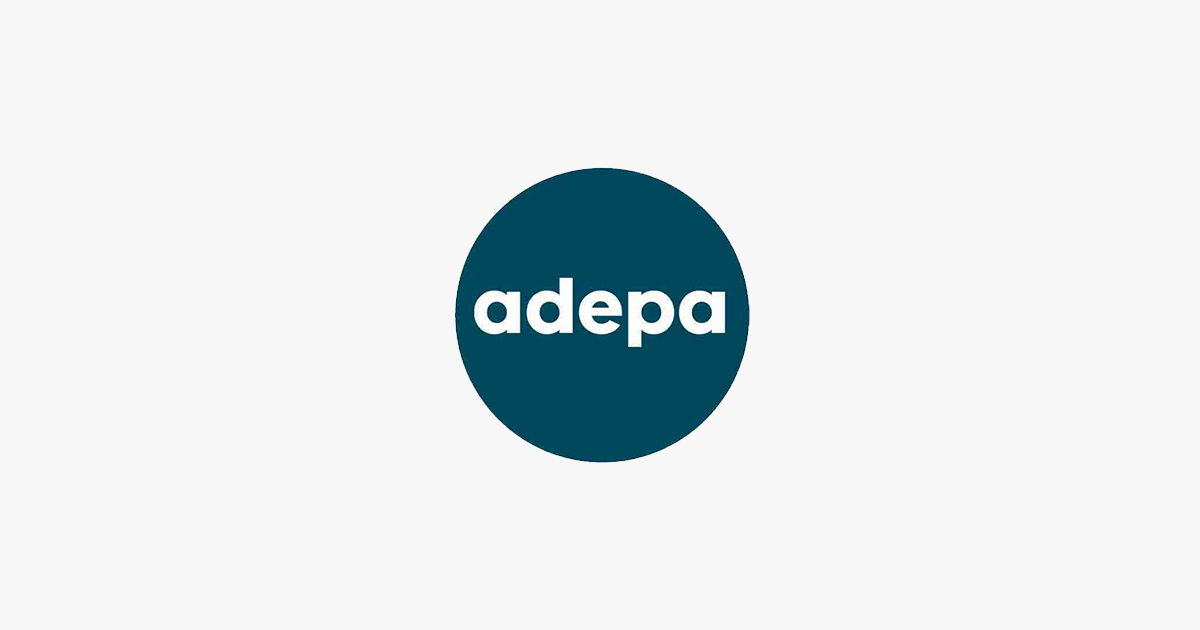
MRL products contain both the mycelium and primordia (young fruitbody) of the mushroom cultivated into a biomass on an edible, sterile (autoclaved substrate). The cultivation process ensures that the biomass is free from contamination by other fungi or bacteria and that heavy metals and pesticides.

Since 1997, MRL has focused on the clinical development of mushroom nutrition to prove their inherent health benefits that allow for the development of disease modifying therapies.
Why is biomass important in mushroom nutrition?
Mushroom biomass is more resistant to proteolytic enzymes (gastric juices) than the extracted form. Concentrated mushroom extracts are more exposed to the action of the proteolytic enzymes since there are no physio-chemical barriers (unlike in mushroom biomass) to prevent such exposure.
Quality Control Standards
Following cultivation to ISO 22000:2018 standards, the biomass is dried, powdered and tableted to FSSC 22000 standards in the Netherlands. The powder presentations are accredited to EU and UK organic standards. The products in the Mycology range are therefore of Practitioner-only grade.
The History of Mycology Research Laboratories
It all started in 1995, when William Ahern, a Madrid-based pharmaceutical licensing executive, approached the California based David Law, a microbiologist, and Malcolm Clark, a biologist, with the idea to form a partnership to market and conduct clinical research on mushroom nutrition products. The fourth partner was Tom Chapman, the founder of Essential Nutrition Ltd, a pharmacist and former pharmaceutical executive (ex-Hoffman la Roche UK) with expertise in the manufacture of natural products.
Malcolm and David had founded Gourmet Mushrooms in 1977 and from their California farm were cultivating culinary mushrooms to supply five-star restaurants in the USA and Europe. Gourmet had a nutraceutical operation that was supplying mushroom biomass to US based researchers.
In 1983, Malcolm, trained as a mycologist by Dr Tsuneto Yoshii at the Yoshii Micological Institute in Japan, came across the mushroom Hericium erinaceusin California. After camping next to the mushroom for nearly a week, Malcolm was able to take a tissue culture of this mushroom and eventually was the first to establish a controlled cultivation of Hericium erinaceus. Shortly thereafter, David and Malcolm then developed the culinary market for Hericium erinaceus under culinary the trade name “Pom Pon Blanc” mushroom.
In 1987, Malcolm returned to Japan to introduce Hericium erinaceus to his mentor, Dr. Yoshii, who in turn, introduced the cultivation and culinary use of the mushroom in Japan and in China. Working with Mr. Matsuo Tadamasa and Dr. Yoshi, Malcolm ́s efforts led to many Japanese and Chinese firms to begin clinical research into Hericium erinaceus in the 1990 ́s.
In 1995, Malcolm, along with two researchers from the Yoshi Micological Institute, took four days to trek up the Himalayas to secure twelve (12) strains of Cordyceps sinensis.
Since 1998, MRL ́s objective has been to conduct clinical research that would lead to supplementation schedules on the use of mushroom nutrition as disease-modifying therapies for select conditions under the direction of healthcare practitioners.
The first clinical presentation by Mycology Research Laboratories Ltd was in July of 1999 at the 10th International Congress on Mucosal Immunology in Amsterdam where two curiosities were presented on the use of mushroom nutrition in HIV+ patients.
Are you a health practitioner who would like to access these products?
If you are a patient and would like to access these products, use our map to find your local Practitioner.








